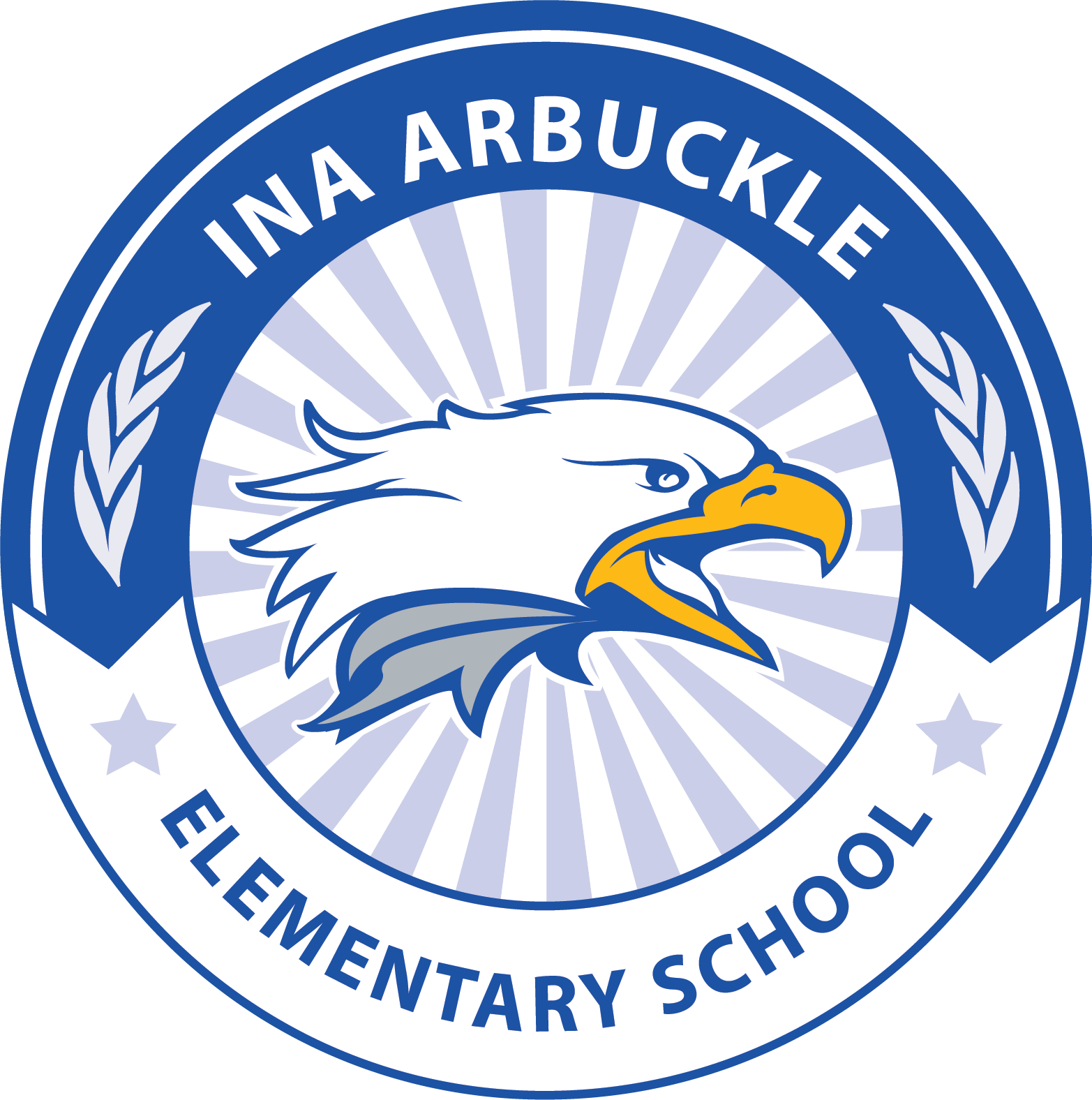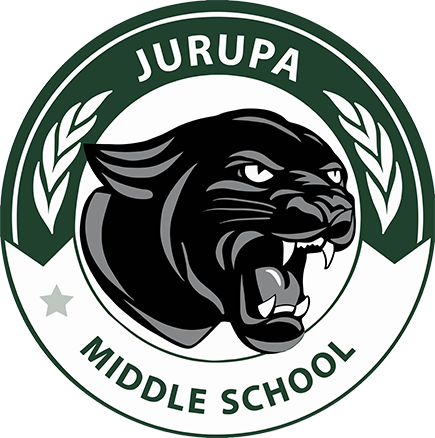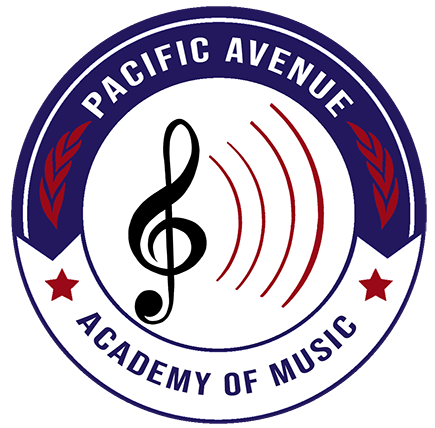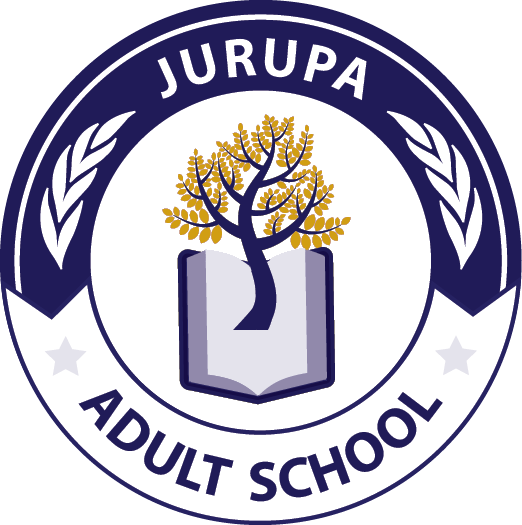
Analyze
Overview
In the Analyze phase, documents and information gathered in the Prepare phase were reviewed and evaluated. Together with the constant collaboration with Jurupa Unified School District (JUSD), HMC Architects performed a general site assessment to determine the configuration, use, condition, quality and educational suitability of the school facilities throughout JUSD. HMC Architects walked each school site with the current administrators, took pictures, and noted existing conditions (such as issues and assets) and listed potential improvements as well. The size of the Administration, MPR / Assembly, Library / Media Center and the Gymnasiums were tabulated and were later compared with the Educational Specifications for adequacy. Furthermore, a more in-depth site assessment was also performed by Bureau Veritas to render an opinion on the general physical condition of each of the District’s properties. The outcome of this assessment was an individual report for each site containing a descriptive table which identifies the component assessed, their condition, and other key data points; a simple bulleted list of Anticipated Lifecycle Replacements along with a bulleted cluster of Actions / Comments which include more detailed narratives describing deficiencies, recommended repairs, and short-term replacements. The evaluated components consisted of the following:
-
- Site Improvements consisting of Utilities, parking, paving, sidewalk, drainage systems, erosion control, topography, landscaping, and general site improvements.
- Building Architecture and Structural Foundations consisting of foundations, superstructure, roofing, exterior walls, exterior and interior stairs, exterior windows and doors, patios, terrace, and balconies.
- Building Mechanical, Electrical and Plumbing Systems consisting of Building Heating, Ventilating & Air-Condition, building plumbing & domestic hot water, building gas distribution, building electrical, building elevators and conveying systems, and fire protection & security systems.
- Interior Spaces consisting of interior finishes, commercial kitchen and laundry equipment.
The physical condition of building systems and related components were then defined as being in one of, or a combination thereof, the following conditions:
Excellent = New or very close to new; component or system typically has been installed within the past year, sound and performing its function. Eventual repair or replacement will be required when the component or system either reaches the end of its useful life or fails in service.
Good = Satisfactory as-is. Component or system is sound and performing its function, typically within the first third of its Lifecyle. However, it may show minor signs of normal wear and tear. Repair or replacement will be required when the component or system either reaches the end of its useful life or fails in service.
Fair = Showing signs of wear and use but still satisfactory as-is, typically near the median of its estimated useful life. Component or system is performing adequately at this time but may exhibit some signs of wear, or evidence of previous repairs. Repair or replacement will be required due to the component or system’s condition and/or its estimated remaining useful life.
Poor = Component or system is significantly aged, flawed, functioning intermittently or unreliably; displays evidence of previous repair; has become obsolete; or exhibits an inherent deficiency. The present condition could contribute to or cause the deterioration of contiguous elements or systems. Either full component replacement is needed, or repairs are required to restore to good condition, prevent premature failure, and /or
prolong useful life.
Failed = Component or system has ceased functioning or performing as intended. Replacement, repair, or other significant corrective action is recommended or required.
Not Applicable= Assigning a condition does not apply or make logical sense, most commonly due to the item in question not being present.
Each component of the Facilities Condition Assessment reviewed in consideration of Safety, Performance / Integrity, Accessibility, Environmental, Modernization / Adaptation, and Lifecycle / Renewal. Each of these listed components was placed into an associated inventory database with costs identified and budgeted beyond the first several years, in many cases existing equipment was projected out to the 2030 year mark beyond the 10 year life of the Long Range Facilities Master Plan (LRFMP).
*See individual school sites with Bureau Veritas’s Facilities Condition Assessment (FCA) reports.
Assessments Grading Criteria



























